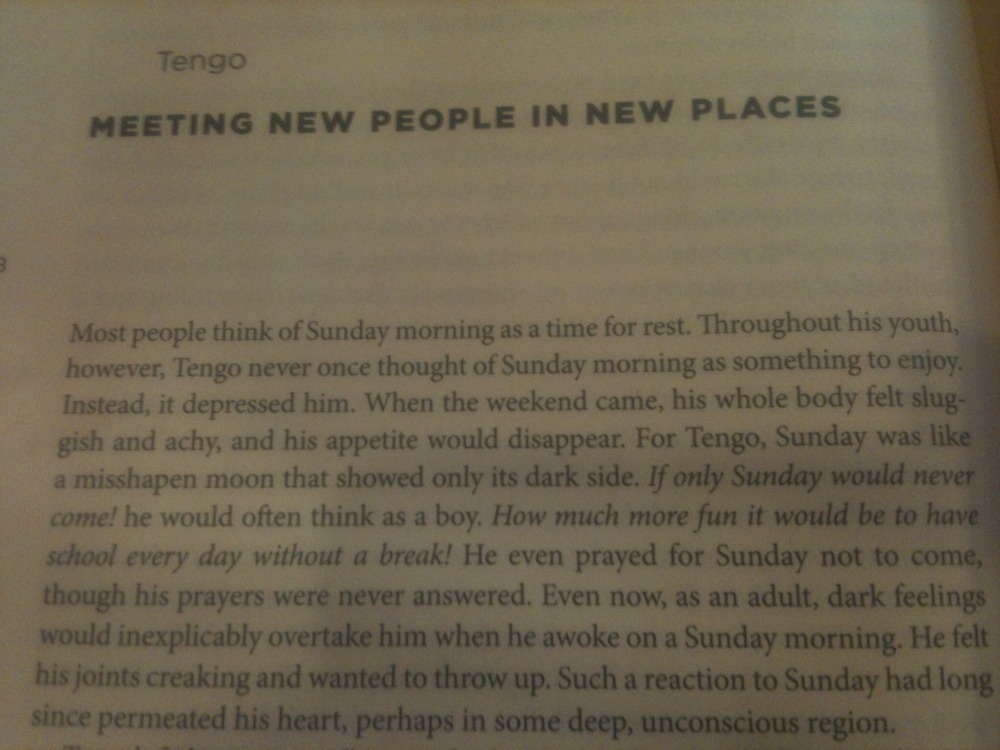DATE: December 12, 1991
TO: Distribution
FR: Lawrence H. Summers
Subject: GEP
‘Dirty’ Industries: Just between you and me, shouldn’t the World Bank
be encouraging MORE migration of the dirty industries to the LDCs [Less
Developed Countries]? I can think of three reasons:
1) The measurements of the costs of health impairing pollution depends
on the foregone earnings from increased morbidity and mortality. From
this point of view a given amount of health impairing pollution should
be done in the country with the lowest cost, which will be the country
with the lowest wages. I think the economic logic behind dumping a load
of toxic waste in the lowest wage country is impeccable and we should
face up to that.
2) The costs of pollution are likely to be non-linear as the initial
increments of pollution probably have very low cost. I’ve always though
that under-populated countries in Africa are vastly UNDER-polluted,
their air quality is probably vastly inefficiently low compared to Los
Angeles or Mexico City. Only the lamentable facts that so much pollution
is generated by non-tradable industries (transport, electrical generation)
and that the unit transport costs of solid waste are so high prevent
world welfare enhancing trade in air pollution and waste.
3) The demand for a clean environment for aesthetic and health reasons
is likely to have very high income elasticity. The concern over an agent
that causes a one in a million change in the odds of prostrate cancer
is obviously going to be much higher in a country where people survive
to get prostrate cancer than in a country where under 5 mortality is
is 200 per thousand. Also, much of the concern over industrial atmosphere
discharge is about visibility impairing particulates. These discharges
may have very little direct health impact. Clearly trade in goods that
embody aesthetic pollution concerns could be welfare enhancing. While
production is mobile the consumption of pretty air is a non-tradable.
The problem with the arguments against all of these proposals for more
pollution in LDCs (intrinsic rights to certain goods, moral reasons,
social concerns, lack of adequate markets, etc.) could be turned around
and used more or less effectively against every Bank proposal for liberalization.
This is old, but I came across it and figured I’d better share. This type of thinking, while somewhat under “wraps” now a days still exist. The final paragraph is especially tasty: “The arguments against more pollution in LDCs could be […] used more or less effectively against every Bank proposal for liberalization”



![Aomame, 1Q84, Haruki Murakami 5’6…Not once ounce of excess fat…The left ear much bigger than the right, and malformed, but her hair always covers her ears…Lips formed a tight straight line…Small narrow nose, somewhat protruding cheekbones, broad forehead, and long, straight eyebrows…[Face is a] Pleasing oval shape…Extreme paucity of expression. (Suggested by goya-galileo-vangogh )](https://blog.linuskendall.com/wp-content/uploads/sites/3/2012/02/tumblr_lz8w6nhxko1r3ke0zo1_r1_500.jpg)
